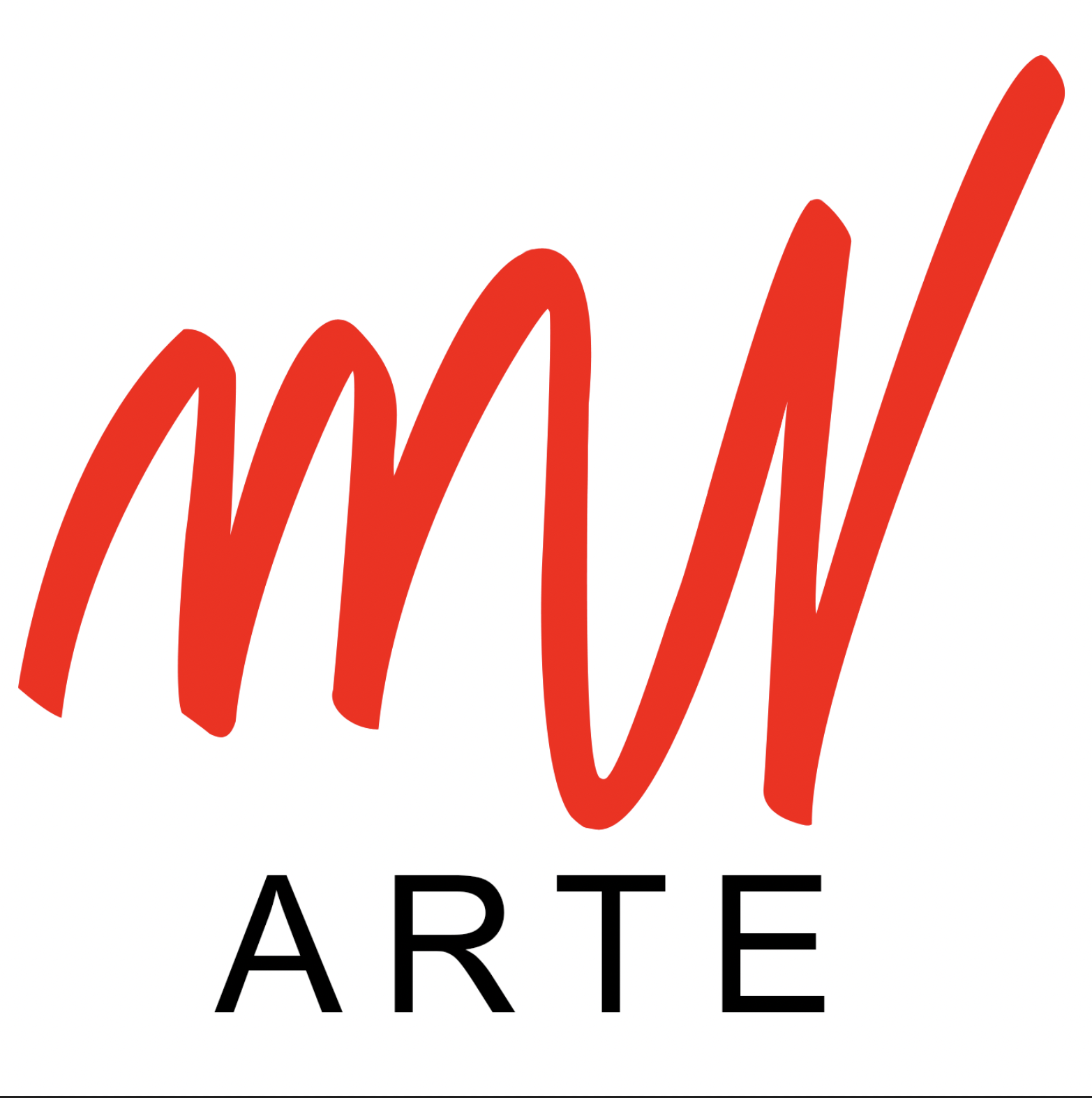


ITA
“Quando avevo diciotto anni ho provato per una notte intera a scrivere “LATE AGAIN” (‘’ANCORA IN RITARDO”) in mega lettere bubble color argento sulla carrozza di un treno passeggeri. Sono arrivati gli agenti della British Transport Police e nella foga di scappare mi sono strappato tutti i vestiti finendo in un cespuglio di rovi. Gli altri miei compagni sono riusciti a raggiungere la macchina in tempo e sono spariti, così sono rimasto più di un’ora imboscato sotto un camion della nettezza urbana con olio di motore che colava dappertutto. Mentre ero sdraiato ad ascoltare i poliziotti che presidiavano i binari, ho capito che se non riducevo della metà il tempo di esecuzione dei pezzi tanto valeva smettere di farli. Mentre fissavo la scritta fatta a stencil su un camion autopompa, mi è venuta l’idea che bastava copiare quello stile e sarei riuscito a fare lettere alte anche un metro. Finalmente sono riuscito a tornare a casa e mi sono infilato a letto accanto alla mia ragazza. Le ho detto che quella notte avevo avuto un’epifania”.1 Le espressioni di origine inglese “stencil graffiti” e “stencil art” si riferiscono a un tipo di graffiti ottenuti per mezzo di uno stencil (maschera normografica) attraverso cui viene spruzzata vernice spray. In alcuni casi un’immagine è realizzata usando più stencil e diversi colori. Rispetto ad altre forme di graffiti writing e di street art, lo stencil consente un’esecuzione più veloce e permette di riprodurre una stessa identica immagine in un qualsiasi numero di copie. Questi elementi ne fanno una tecnica di tagging e tag bombing particolarmente efficace. La sottocultura dei graffiti a stencil ha iniziato a svilupparsi almeno dalla fine degli anni sessanta. Uno dei primi artisti a ottenere notorietà attraverso l’uso di questa tecnica è stato John Fekner, che ha applicato lo stencil a partire dal 1968. Lo stencil è illegale in molti paesi, e molti dei membri di questa sottocultura celano le loro identità dietro alias. Tra i nomi che sono sinonimo di questa sottocultura ci sono Banksy, Blek le Rat, Vhils, Shepard Fairey e Jef Aérosol.
EN
“When I was eighteen I spent one night trying to paint ‘LATE AGAIN’ in big silver bubble letters on the side of a passenger train. British transport police showed up and I got ripped to shreds running away through a thorny bush. The rest of my mates made it to the car and disappeared so I spent over an hour hidden under a dumper truck with engine oil leaking ali over me. As I lay there listening to the cops on the tracks I realised I had to cut my painting time in half or give up altogether. I was staring straight up at the stencilled plate on the bottom of a fuel tank when I realised I could just copy that style and make each letter three feet high. I got home at last and crawled into bed next to my girlfriend. I told her l’d had an epiphany that night”.2 Stencil graffiti is a form of graffiti that makes use of stencils made out of paper, cardboard, or other media to create an image or text that is easily reproducible. The desired design is cut out of the selected medium and then the image is transferred to a surface through the use of spray paint or roll-on paint. The process of stencilling involves applying paint across a stencil to form an image on a surface below. Sometimes multiple layers of stencils are used on the same image to add colors or create the illusion of depth. Because the stencil stays nearly unchanged throughout its use, it is easier for an artist to replicate what could be a complicated piece – at a high rate when compared to other conventional tagging methods. The stencil graffiti subculture began to develop at least since the late 1960s. One of the first artists to gain notoriety through the use of this technique was John Fekner, who began applying stencils starting in 1968. Stencil graffiti is illegal in some jurisdictions, and many of the members of this subculture shroud their identities in aliases. Banksy, Blek le Rat, Vhils, Shepard Fairey and Jef Aérosol are some names that are synonymous with this subculture.
